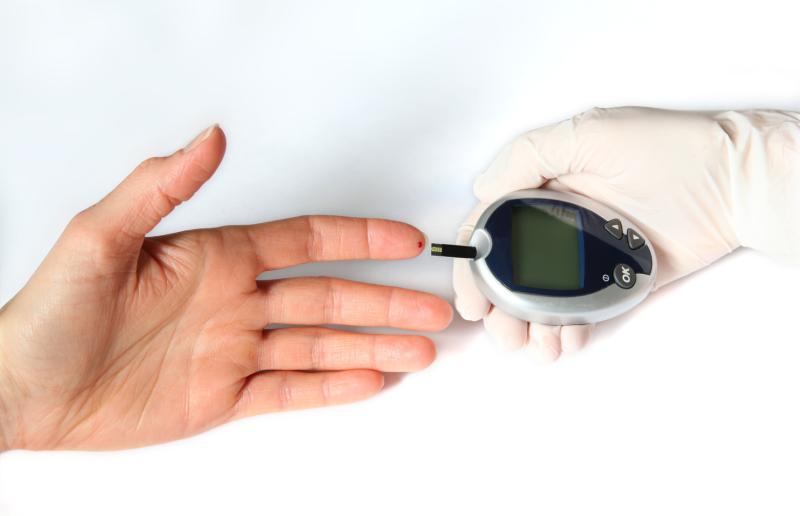
Waist-to-hip ratio (WHR) and waist circumference (WC) are strong risk indicators for hyperglycaemia in healthy individuals, reports a new China study.
Retrieving the cross-sectional data of 3,572 healthy adults, researchers sought to identify predictors of hyperglycaemia risk. Among the factors assessed were fasting plasma glucose (FPG), 2-hour postprandial glucose (2hPPG), glycated haemoglobin (HbA1c), disposition index (DI), and nine anthropometric measures including WC, WHR and body mass index (BMI).
WC emerged as the strongest anthropometric predictor of an elevated FPG (≥5.6 mmol/L). Each standard deviation increase in WC correlated with a 70-percent jump in the likelihood of hyperglycaemia (odds ratio [OR], 1.70, 95 percent confidence interval [CI], 1.57–1.84).
Other strong anthropometric predictors for heightened FPG were BMI, visceral fat area (VFA) and subcutaneous fat area, with ORs of 1.59, 1.61 and 1.56, respectively.
High levels of 2hPPG (≥7.8 mmol/L) were most strongly predicted by WHR, such that each standard deviation increase corresponded with an 83-percent jump in likelihood (OR, 1.83, 95 percent CI, 1.68–2.00). The waist-to-height ratio (OR, 1.80, 95 percent CI, 1.66–1.96) and VFA (OR, 1.80, 95 percent CI, 1.65–1.94) were similarly potent predictors.
For HbA1c ≥5.7 percent, WC and weight emerged as the strongest indicators, followed closely by VFA and BMI. On the other hand, WHR was the top predictor of DI below the 25th percentile.
“Additional research is needed to study other central obesity related anthropometrics measures, and their association with diabetes,” said researchers.